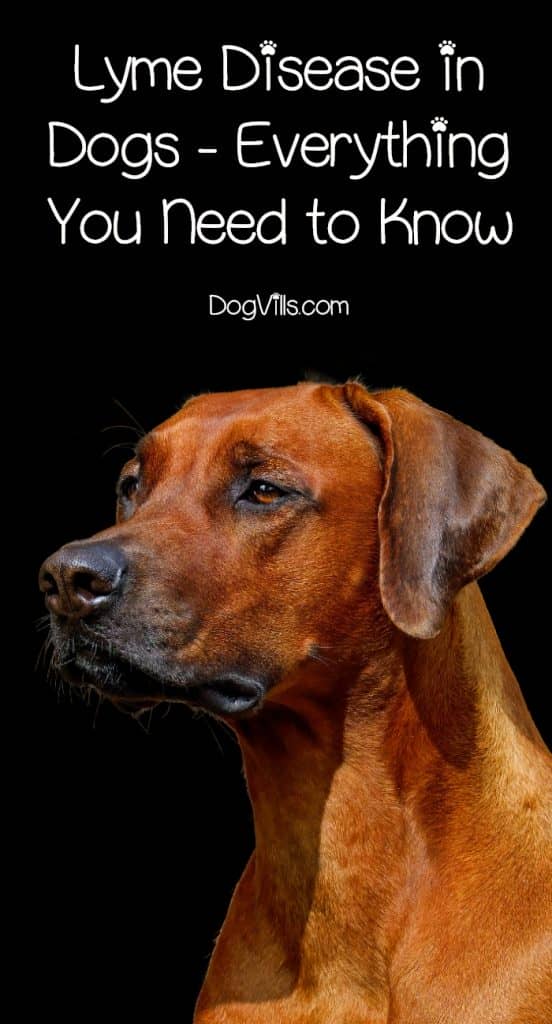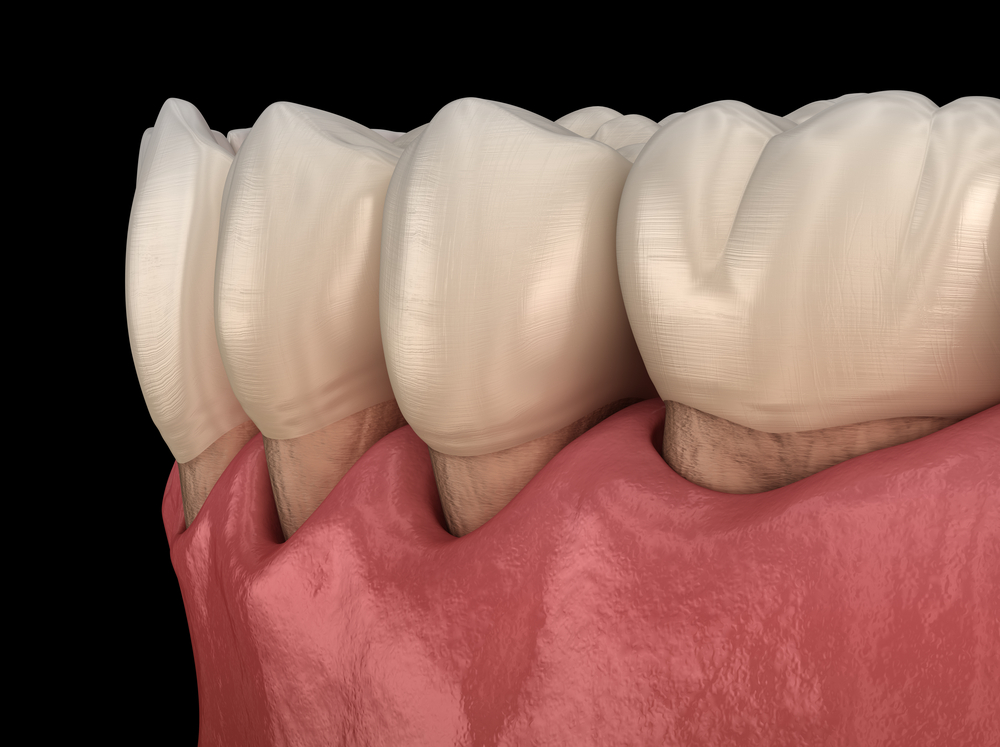Table of Content
While they're under anaesthetic a vet can take X-rays that can reveal any other problems affecting teeth and bones. This is important when diagnosing periodontal disease because many of the symptoms are hidden beneath the gum line. Dental cleaning is a more serious procedure to remove the build up of plaque and tartar. Your dog will be put under an anaesthetic as this is the only way to safely clean and remove teeth. A vet may prescribe non-steroidal anti-inflammatory drugs to deal with any pain caused by gum infection.
However, this may not be feasible for all pet parents and pets. You can prevent gum disease with good dental hygiene, and you may be able to improve your gum health with home treatments. However, it's best to see your dentist if you suspect you have gum disease, especially if you have bleeding gums or loose teeth. As additions to your daily oral hygiene routine, any of the above home remedies to treat gum disease can be very useful. However, it is important that these are additions to your routine rather than replacements for a dentist-recommended routine.
Dental cleaning
A big sign of a problem is bad breath caused by the buildup of bacteria. Adult dogs who have loose or missing teeth may be suffering from periodontal disease. Similar to gum disease in humans, periodontal disease in dogs is often difficult to spot in its early stages. As it moves into its advanced stage it can cause pain, gum erosion, and tooth loss. Your dog’s teeth should be brushed daily to maintain healthy gums and teeth. In some instances, vets even recommend brushing your dog’s teeth twice a day.
Tartar is easier for plaque to stick to than the natural smooth surface of the tooth, so it allows for more plaque to accumulate. Stage 1 is gingivitis, or inflammation of the gums, with no loss of bone or tooth attachment. Oftentimes, subtle signs of disease will be present, but you might not notice any obvious symptoms. Periodontal disease in dogs is a progressive disease caused by bacteria in the mouth that damages the gums, bone, and other supporting structures of the teeth.
What Is Periodontal Disease in Dogs?
I can do something for myself at home other than seeing the gum specialist and dentist. Using a toothpaste with fluoride to improve tooth enamel strength. Clinical content featured by Byte is reviewed and fact-checked by a licensed dentist or orthodontist to help ensure clinical accuracy. Ebookinsight.co needs to review the security of your connection before proceeding. A dog fence is an important detail to consider when adopting a pet for the first time or moving your dog to a new home.

Probing around each tooth to check for abnormal pocketing. An especially vocal pup may be trying to tell you something is wrong. Learning to communicate with your dog can help calm excessive barking. Get health tips and wellness advice for your pet straight to your inbox. Digby is an experienced journalist in various fields but has specialised in insurance for more than six years. Before joining ManyPets in 2013 he was part of the editorial teams of various magazines, including Retail Week and Drapers.
Related Articles
The best way to prevent tooth decay and loss in your pup is by managing their dental health from an early age. If your dog is diagnosed in the early stages of gum disease, don’t fret. You can help slow the disease by following the steps we outlined. Stage I. Also called gingivitis, this is the first stage of gum disease. This stage doesn’t involve any tooth attachment loss, but bacteria causes gum inflammation and tenderness.
The first step is a thorough examination including xrays of the teeth and gums. This will allow the vet to determine how advanced the disease is. As a responsible pet owner, you should monitor your pet regularly for signs of health issues, including periodontal disease. The teeth might appear yellowed or have brown staining.
This is because the infection in your dog's mouth can spread through their bloodstream into other areas of the body. The general treatment for autoimmune skin disease is immunosuppression. This means that your dog will receive drugs to reduce or attenuate the reaction of the immune system that is causing the disease. For many dogs, treatment with prednisone or dexamethasone will be sufficient. 4 days agoCover the eye with a damp, clean cloth and bandage it loosely to the head.

The gum is then sutured back in place to cover the hole left by the tooth. This involves the removal of plaque on the root surfaces, called scaling and planing. Vets will also remove the inflamed area surrounding the periodontal pocket and may apply antibacterial gel to protect against infection. In very advanced cases of gum disease, vets will perform extractions on teeth with poor prognoses. These treatments must always be followed up with a consistent at-home regimen. It’s important to remember that many pet insurance policies don't cover dental work so it’s vital that you take good care of your dog’s teeth and gums.
While there are not yet any studies of this kind in dogs, numerous human studies show an increased risk of oral cancers in people with chronic periodontal disease1. Since advanced periodontal disease will lead to destruction of the bone that supports the teeth, it can lead to jaw fractures. The earlier on gum disease is treated, the less expensive the treatment will be. Treating dogs in Stages 3 and 4 will often cost thousands of dollars. When teeth are found in Stage 3, your veterinarian will perform advanced restorative procedures.
Treating and preventing dental disease in dogs is an essential part of a dog's overall wellness plan. "Studies have shown that patients with periodontal disease have microscopic changes in their liver, kidney, and hearts," Woodward says. "Additionally, consider the effect chronic pain can have on your pet's general well-being."






